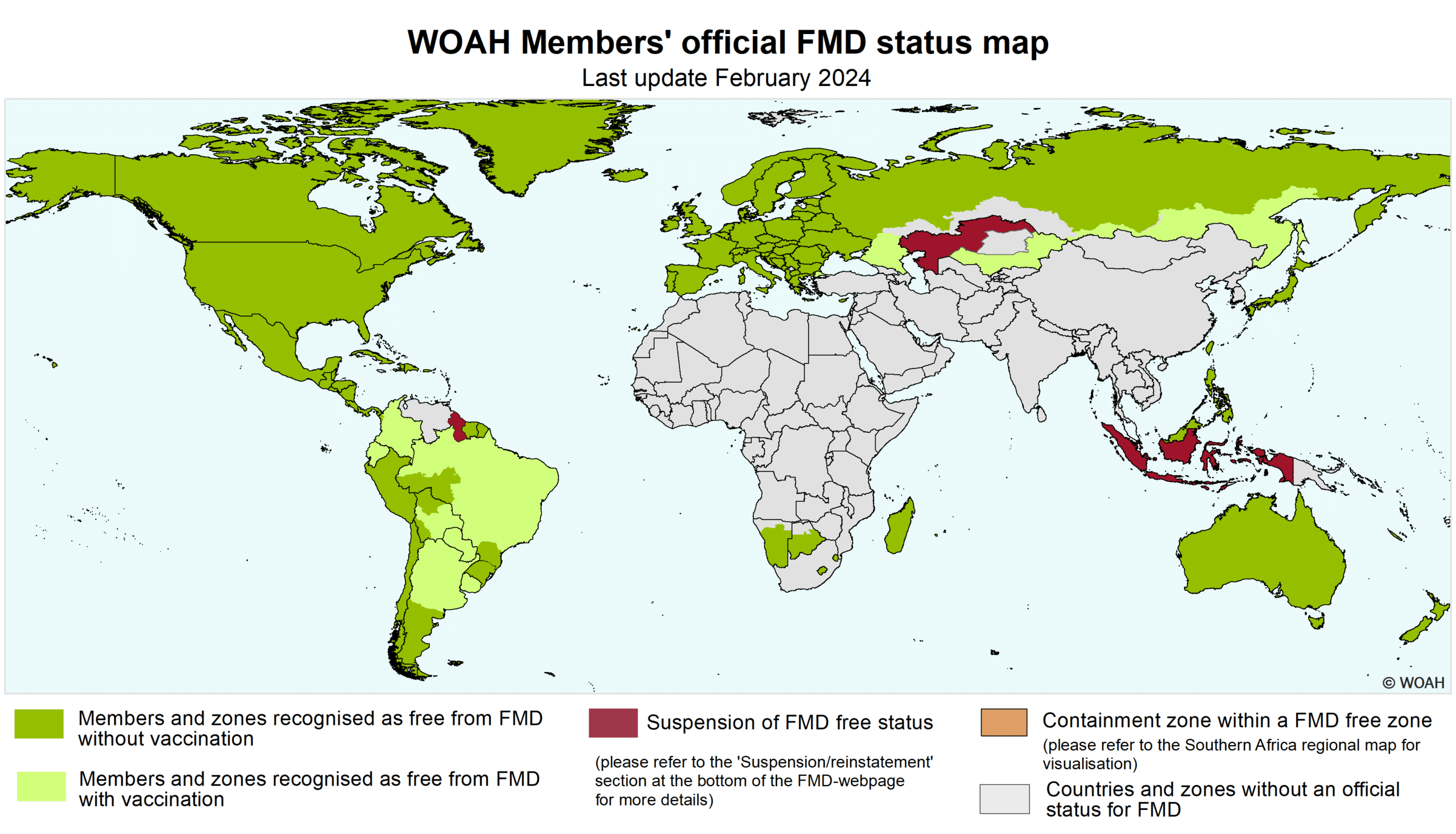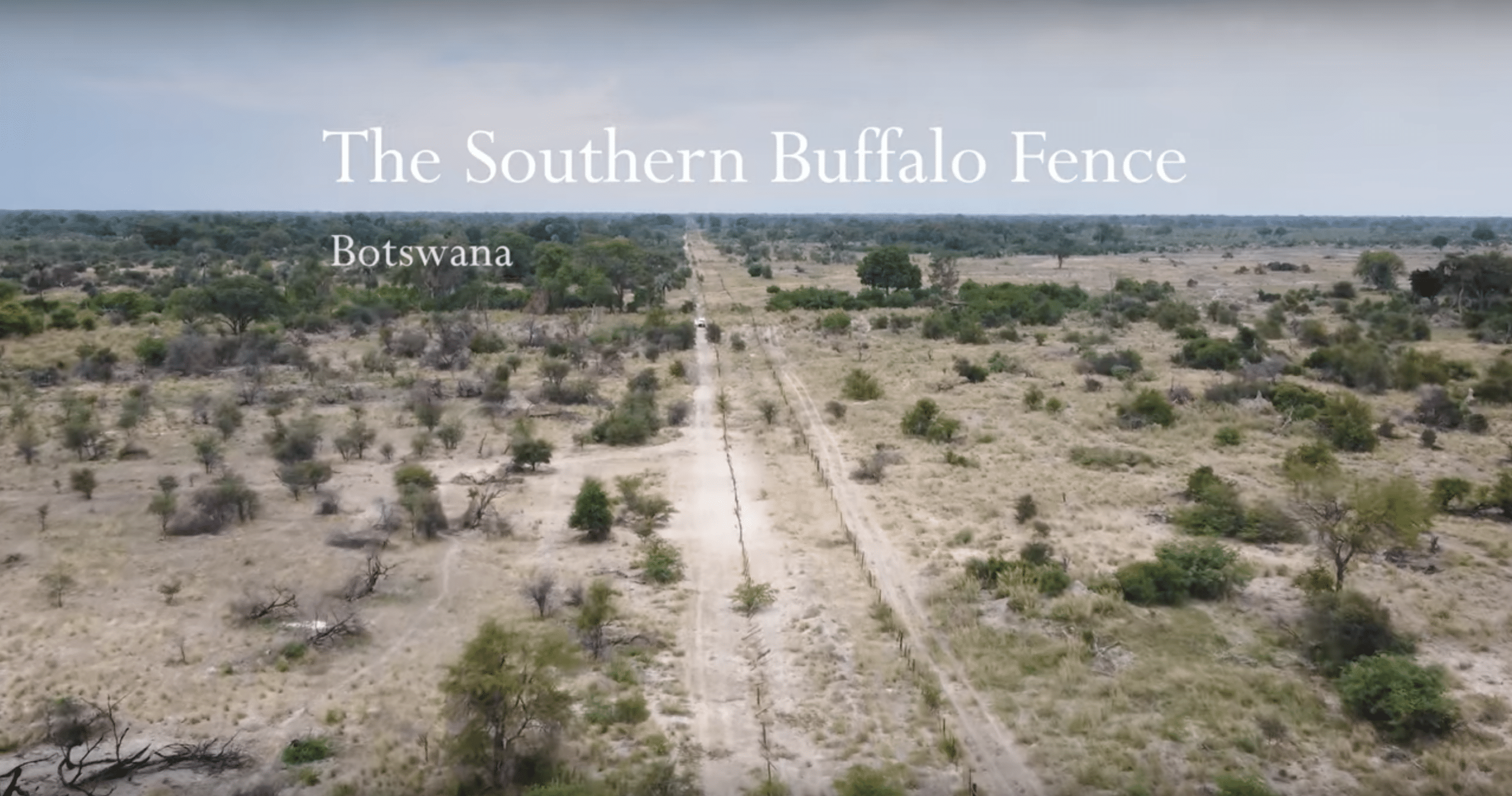New publication: “Complexities of multispecies coexistence: Animal diseases and diverging modes of ordering at the wildlife–livestock interface in Southern Africa"
by Wisse van Engelen
The full text, published in Environment and Planning E: Nature and Space, can be found here: https://journals.sagepub.com/doi/epub/10.1177/2514848623116063
Citation: van Dam, A., van Engelen, W., Müller-Mahn, D., Agha, S., Junglen, S., Borgemeister, C., & Bollig, M. (2023). Complexities of multispecies coexistence: Animal diseases and diverging modes of ordering at the wildlife–livestock interface in Southern Africa. Environment and Planning E: Nature and Space, 0(0). https://doi.org/10.1177/25148486231160637

The Kavango-Zambezi Transfrontier Conservation Area (KAZA TFCA) is the largest conservation area in the world. It is, however, not a strict conservation area in the sense of being a protected area; national parks, wildlife management areas, community conservancies and other protected areas form the TFCA alongside residential and farming land. It is in this matrix of land uses that we find many contact zones between wildlife on the one hand and humans and their livestock on the other. This is frequently referred to as the ‘wildlife-livestock interface’.
One way of framing the KAZA TFCA is to call it a ‘coexistence landscape’ (Rio-Maior, Nakamura, Álvares, & Beja, 2019), or – alternatively – ‘working landscape’ (Kremen & Merenlender, 2018), where humans, livestock and wildlife are to live alongside each other. In academia, the debate around coexistence has been much focussed on human-carnivore or human-elephant coexistence (Knox et al., 2021). Here, the obstacles are often identified to be crop damage and livestock loss or injuries and deaths suffered by humans and animals. A less prominently featured category of conflict is the transmission of diseases between sympatric species. While included in reviews on human-wildlife conflict and coexistence, there are comparatively few publications that discuss this issue at length.[1] Yet, the transmission of diseases between wildlife and livestock poses a major challenge to both conservation and livestock sectors in Southern Africa and across the globe (Kock et al., 2014; Osofsky et al., 2005).
In the recently published article “Complexities of multispecies coexistence: Animal diseases and diverging modes of ordering at the wildlife–livestock interface in Southern Africa”, a collaboration between the ERC REWILDING project and the CRC Future Rural Africa, the authors take a closer look at disease transmission and the way that relevant actors and experts in the field approach this issue. Zooming in on foot-and-mouth disease and trypanosomiasis, the authors identify three different approaches, or what may be called ‘modes of ordering’ (Law, 1993): a categorical and increasingly disfavoured mode of species eradication, a territorial mode focused on containment and separation, and an infrastructural mode premised on connectivity between populations, landscapes and ecosystems.
By not merely focussing on conservation but also bringing disease control into the picture, the article contributes to widen the scope of what may be understood as ways of handling multispecies coexistence. By doing so, the task is not made any easier, however. Pointing out the existing divergences between the modes of ordering, the article concludes that multispecies coexistence is a complex issue, that poses a particular challenge to scientific knowledge production. Whereas most research interlocutors pointed towards the need for more scientific knowledge, the existence of widely differing modes of ordering rather suggests a need to recognize the partiality of knowledge, where the issue is not so much not knowing enough, but rather knowing differently. This insight is hoped to contribute to existing academic debates, as well as stimulate further inter-sectoral discussion among practitioners and different governmental departments.
[1] For exceptions, see: (de Garine-Wichatitsky et al., 2017; de Garine-Wichatitsky et al., 2013; Kock, Kock, de Garine-Wichatitsky, Chardonnet, & Caron, 2014).
References:
de Garine-Wichatitsky, M., Fritz, H., Chaminuka, P., Caron, A., Guerbois, C., Pfukenyi, D. M., . . . Murwira, A. (2017). Consequences of animals crossing the edges of transfrontier parks. In J. A. Andersson, M. de Garine-Wichatitsky, D. H. M. Cumming, V. Dzingirai, & K. E. Giller (Eds.), Transfrontier Conservation Areas: People living on the edge (pp. 137-162): Routledge.
de Garine-Wichatitsky, M., Miguel, E., Mukamuri, B., Garine-Wichatitsky, E., Wencelius, J., Pfukenyi, D. M., & Caron, A. (2013). Coexisting with wildlife in transfrontier conservation areas in Zimbabwe: Cattle owners’ awareness of disease risks and perceptions of the role played by wildlife. Comparative Immunology, Microbiology and Infectious Diseases, 36(3), 321-332.
Kock, R., Kock, M., de Garine-Wichatitsky, M., Chardonnet, P., & Caron, A. (2014). Livestock and buffalo (Syncerus caffer) interfaces in Africa: ecology of disease transmission and implications for conservation and development. In M. Melletti & J. Burton (Eds.), Ecology, Evolution and Behaviour of Wild Cattle Implication for Conservation (pp. 431-445). Cambridge, UK: Cambridge University Press.
Kremen, C., & Merenlender, A. M. (2018). Landscapes that work for biodiversity and people. Science, 362(6412).
Law, J. (1993). Organising modernity: Social ordering and social theory: John Wiley & Sons.
Osofsky, S. A., Cleaveland, S., Karesh, W., Kock, M., Nyhus, P. J., Starr, L., & Yang, A. (2005). Conservation and Development Interventions at the Wildlife/livestock Interface: Implications for Wildlife, Livestock and Human Health. Gland: IUCN.
Rio-Maior, H., Nakamura, M., Álvares, F., & Beja, P. (2019). Designing the landscape of coexistence: integrating risk avoidance, habitat selection and functional connectivity to inform large carnivore conservation. Biological Conservation, 235, 178-188.







